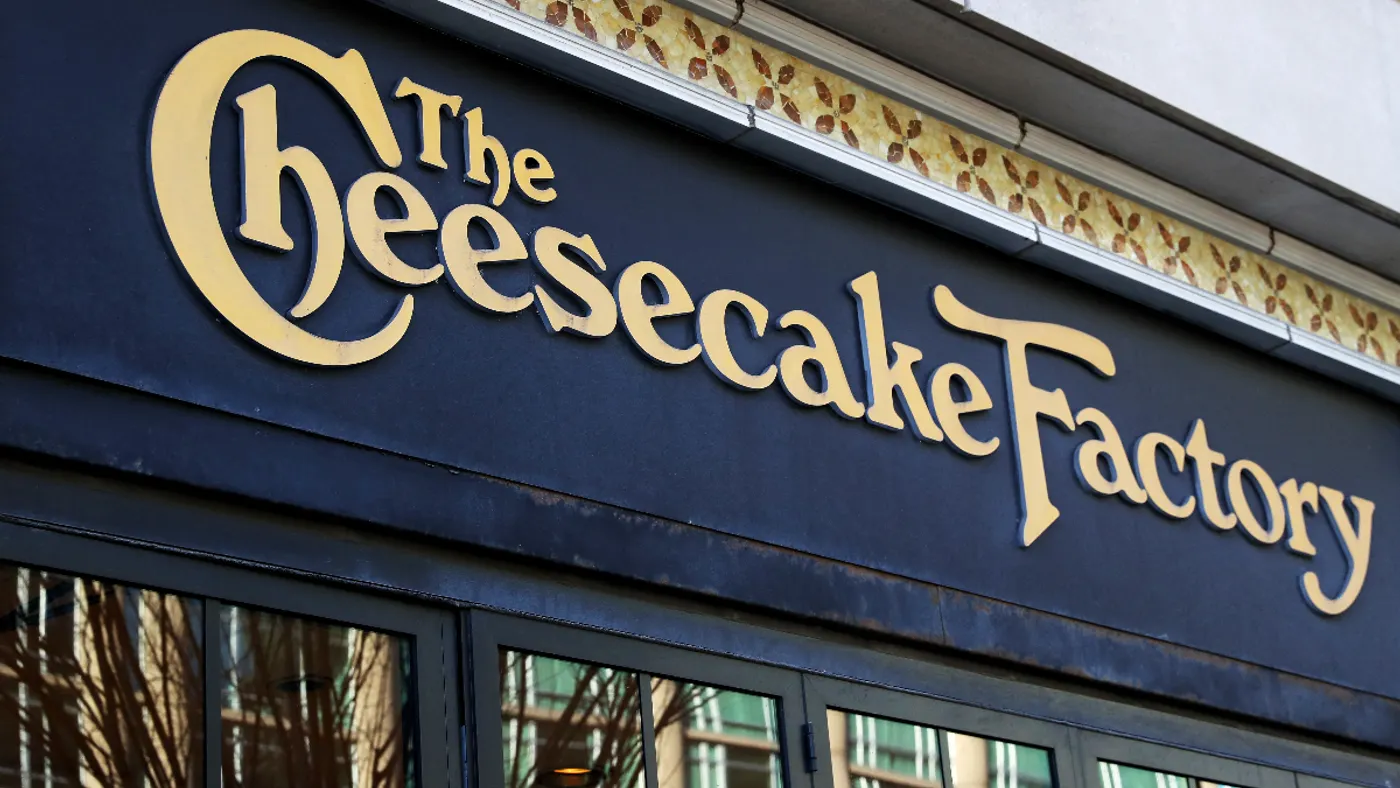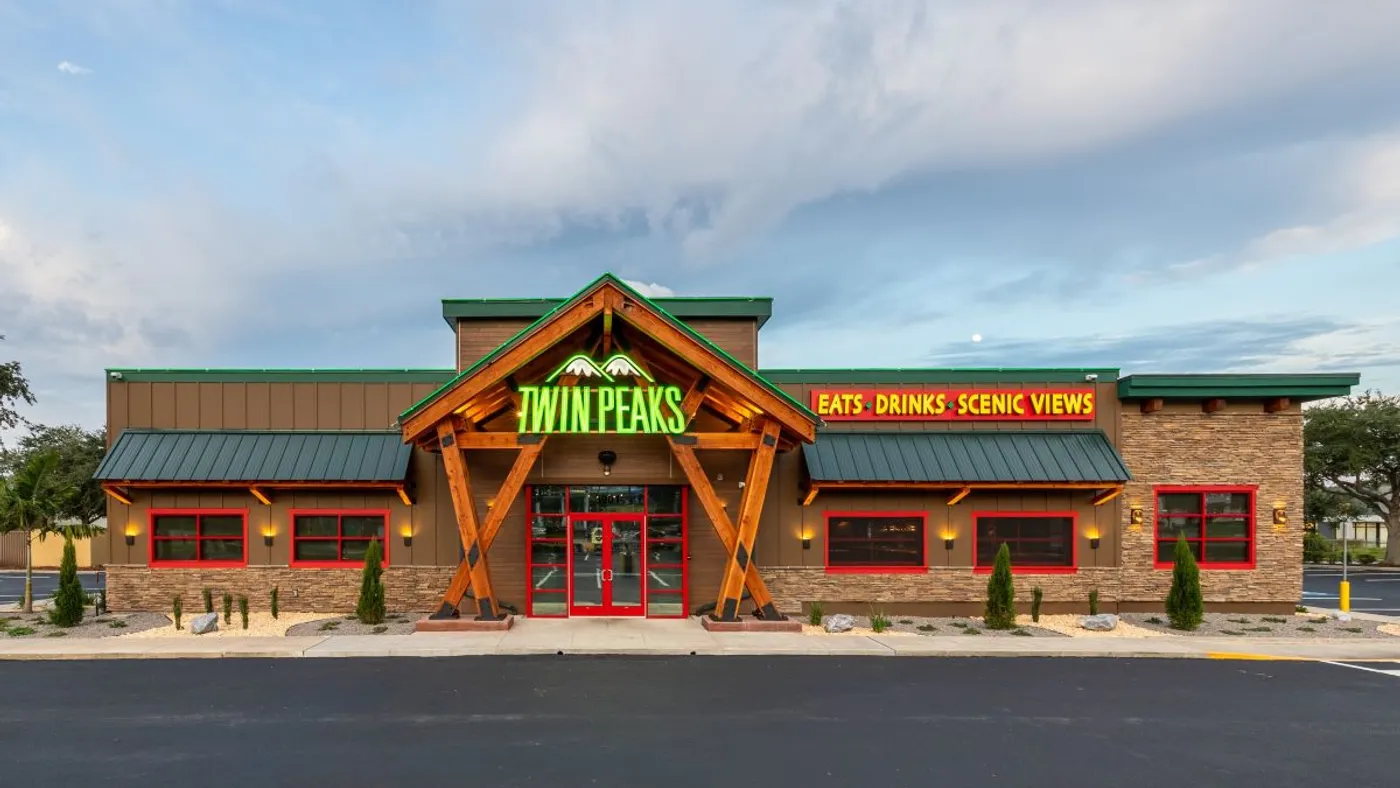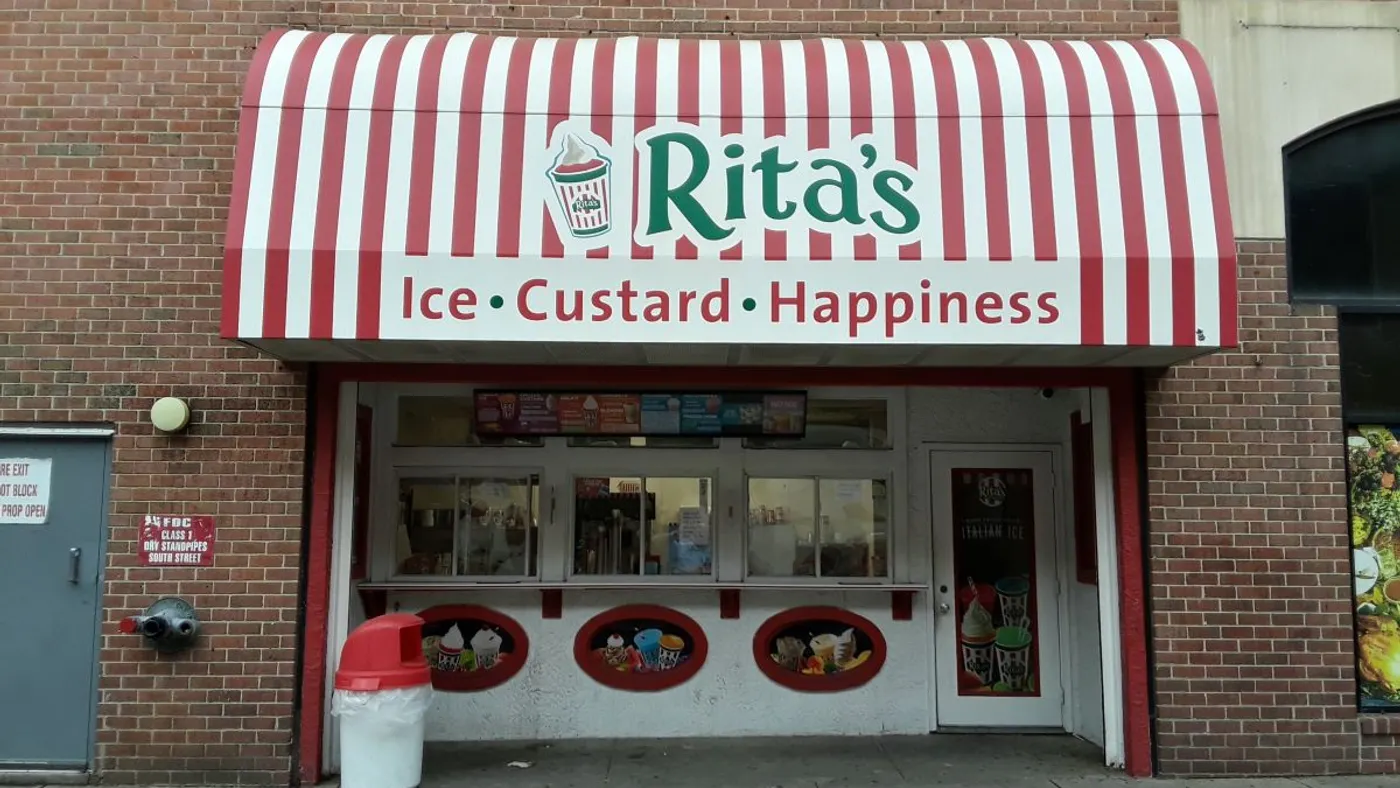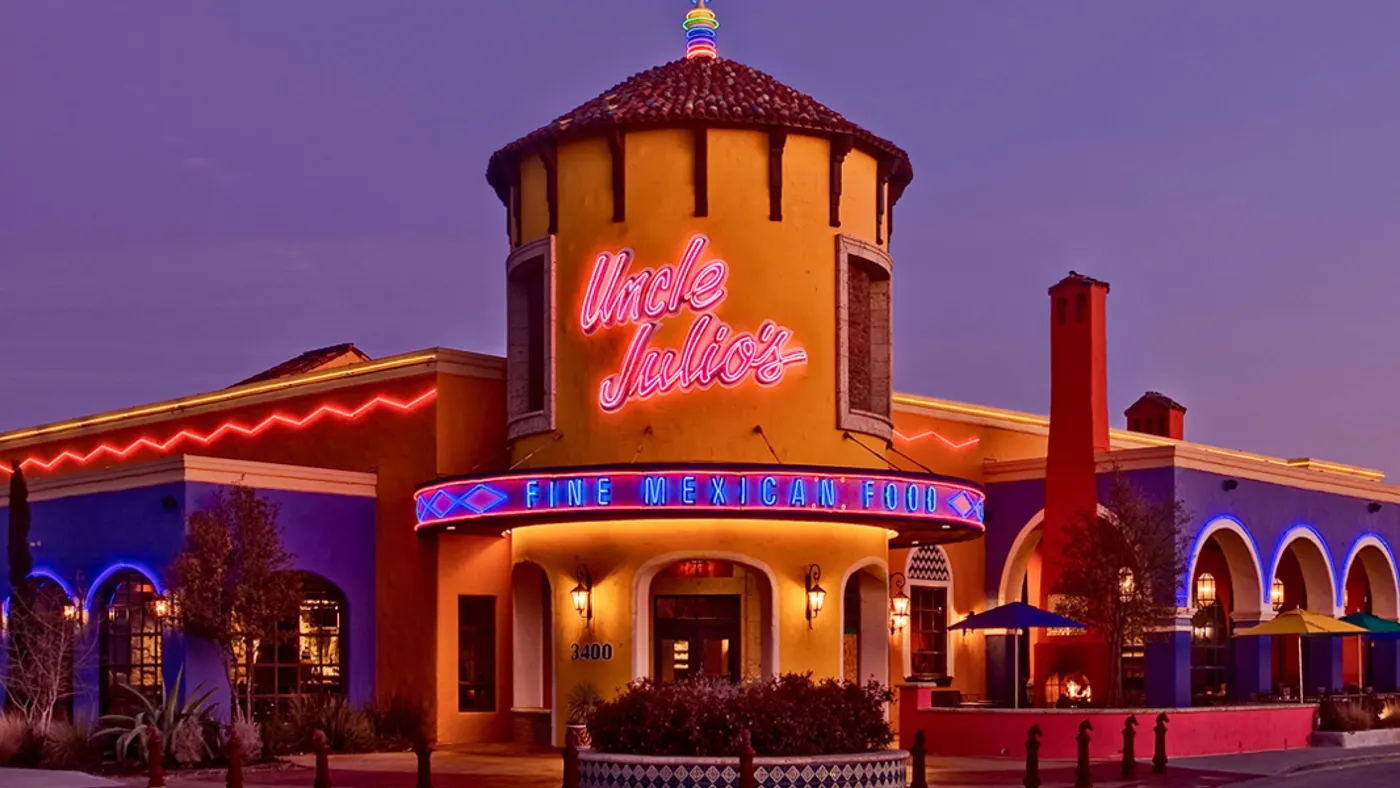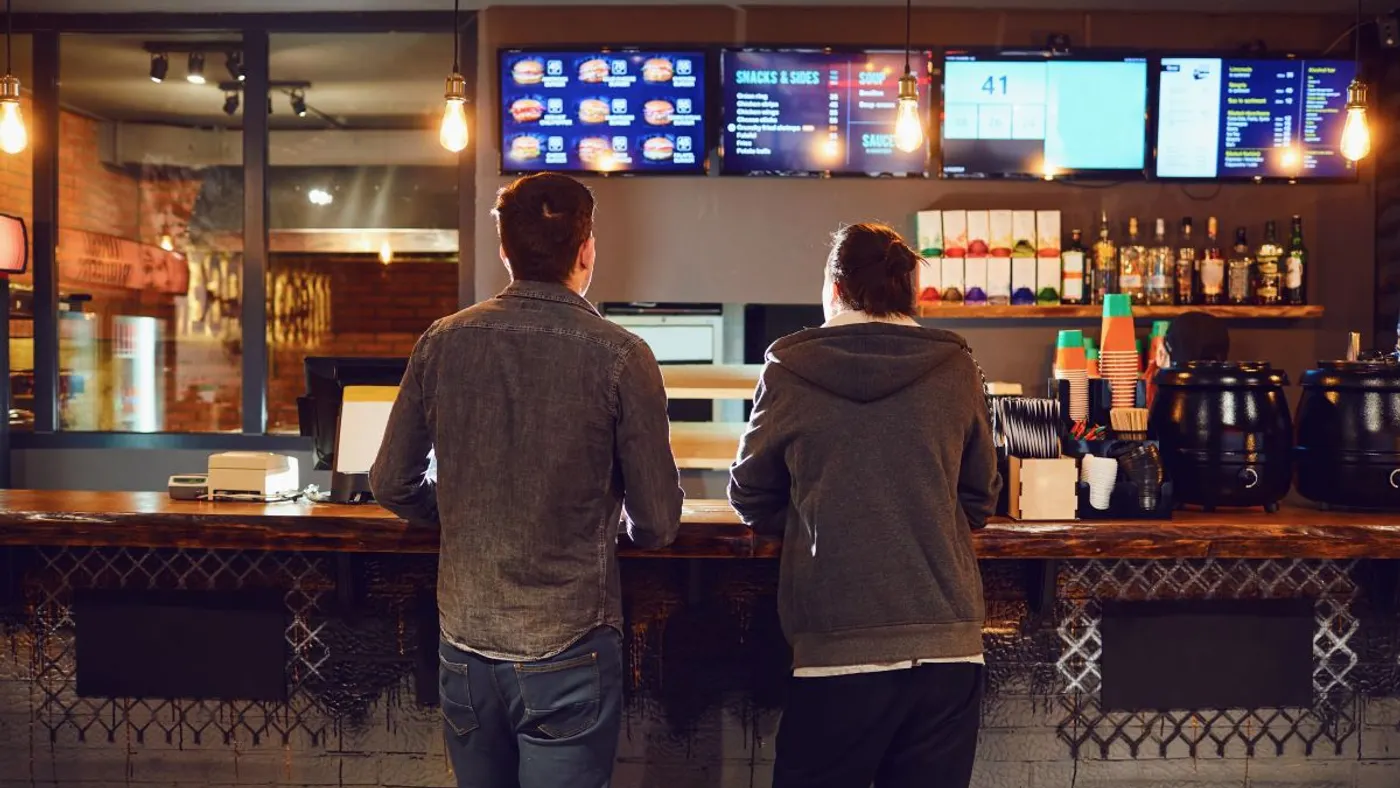
Ask an expert: How can brands protect struggling franchisees from bankruptcy?
2023 was marked by several high-profile bankruptcies among restaurant brands and franchisees. That trend bled into the start of 2024, when a multi-unit Popeyes’ operator filed for Chapter 11 protections.
But does this mean restaurant bankruptcies will pile up in 2024?
Chris Desiderio, counsel in Nixon Peabody’s corporate restructuring and bankruptcy group, doesn’t think so. He said recent headline-grabbing filings aren’t representative of a broader move toward bankruptcy, like the trend in retail throughout recent years.
“They've been fairly isolated cases, rather than the industry norm,” Desiderio said in March 2024. Many firms have been able to solve issues, like temporary covenant defaults caused by sales shortfalls, without resorting to the Chapter 11 process, he said.
Desiderio said cost increases may pose a risk. But this risk is unevenly distributed across segments because some diner demographics are more reluctant to accept pricier menus than others.
“Fast casual has the most price-sensitive customer base. So significant shifting of costs will have the highest impact [in that segment],” Desiderio said.
For our first Ask the Expert column, we discussed the issues driving, and constraining, restaurant bankruptcies and how franchisees and franchisors can handle these pressures.
Editor’s note: This Q&A has been edited for clarity and brevity.
RESTAURANT DIVE: What will 2024 and the first couple quarters of 2025 look like when it comes to franchisee and restaurant bankruptcies and restructuring?
CHRIS DESIDERIO: I think it will remain slow. We're seeing the beginnings of commercial real estate workouts, which obviously will impact what the landlords are doing and the pressure landlords are putting on their lessees.
A lot will depend on return-to-office trends and whether, after the summer of 2024, we have more progress than we did at the end of 2023.
Labor costs have seemed to stabilize for right now, but if the minimum wage increases significantly at any point, that is probably one of the largest overhead costs for an operating franchise, particularly in the restaurant industry. So that'll have to get addressed.
I don't see a tremendous rush to lenders exercising remedies to push in defaults this year.
What sort of conditions do you think would push lenders to take that action?
DESIDERIO: Increased interest rates and the unwillingness of landlords to negotiate.
The biggest things that drive anyone into insolvency or restructuring are liquidity concerns. Folks have been managing around liquidity concerns through negotiations, but to the extent that labor, rent and cost of money go up significantly, [that could impact liquidity]. Those three are the most major concerns.
How should franchisees who are facing cost pressures, but not acute price shocks, approach the next year?
DESIDERIO: Planning and forecasting are incredibly important. Everyone has a tendency to forecast, the problem is you should be tracking your variance from that forecast, which I think franchisees often forget to do. And figure out if you are tracking higher or lower than what you were projecting, and if that is a short-term blip, or if it is a longer-term pattern.
Thinking about restructuring strategies while you still have sufficient cash on hand is important. Folks have a tendency to wait until they're not going to make payroll, or miss a tax payment, to seek restructuring advice.
It’s a healthy thing to be doing all along. We don't only see our doctors when we have an emergency situation. We have our annual physicals. Reassessing your financial wherewithal on a regular basis is a good thing.
Waiting too long to seek that advice can jeopardize the ability for someone like Nixon Peabody to help. If contracts have terminated, you can't necessarily revive them in bankruptcy. If lines of credit disappear, or IP rights are terminated, they can be very difficult to get back, which leaves very little of a restructuring route. Early interventions are very important.
What can heavily franchised brands, particularly those whose franchisees might face cashflow issues due to traffic declines, do about these issues?
DESIDERIO: The first thing is to ensure that you're maintaining your quality standards, regardless of financial situation. A bad franchisee can do significant and irreparable harm to a larger chain.
It's important to make sure that those standards are maintained regardless of the situation. To the extent a franchisor needs to do some form of interim management help, or provide a lifeline in order to ensure that, I think that's money well spent.
I think franchisors need to make determinations as to whether it's a short-term storm, or a long-term one. There needs to be a calculus of whether it's worth it to continue to invest in struggling franchisees or to potentially shut off rights.
A number of chains are undertaking expensive renovation programs at a time when money is increasingly expensive. Do the benefits of boosted sales from renovated units outweigh the costs of development?
DESIDERIO: We've all seen rebrands that leave consumers confused. And other times a rebrand can reinvigorate a restaurant company and bring something back from the dead. It is a case-by-case scenario.
Anything that looks tired is going to lose cachet in the market. But there needs to be a realistic evaluation of risk against rewards. Is the renovation going to triple your business? Or is it really a 10% increase?
Those are the factors that hopefully franchisors are considering before they're imposing them on their franchisee base.
How do risks differ between highly fragmented and highly concentrated franchising systems?
DESIDERIO: A smaller franchisee will usually have less experience. They have a lower cost of entry. They may not have experience in management, or with cash flow and projections.
Their ability to access capital is lower. They may not have as much credit available. The value of the collateral they can offer to a lender is less. And you don't realize some economies of scale.
But the risk is lower in that if one or two fails, it's much easier to replace a one-unit or two-unit owner than it is a 100-unit owner.
For a larger franchisee, access to capital is greater, and the experience will be better. You don't just start with 100 units — most of those people have built their way from one or two units.
But franchisors are putting a lot of credit and a lot of their business in someone else's hands [when working with large, multi-unit franchisees]. You have certain controls in place, as a franchisor, to monitor business. But ultimately, if a big franchisee collapses and they represent 10% of your system, it will have a significant financial impact.
What are lenders saying about this business environment?
DESIDERIO: There's still a lot of capital available. Although not as cheap as we've been used to for the last decade, historically speaking it's still fairly cheap and fairly accessible.
I don't know if we'll see as much investment in central cities. But city centers, even at their slowest, still offer more foot traffic than a rural area.
What do out-of-court resolutions to defaults look like? What are the means by which these problems are solved?
DESIDERIO: If you have a struggling franchisee, it could be a franchisor taking them back as a company store; it could be providing some line of credit in order to get them back on their feet, or additional support by helping management right the ship.
Keeping franchisors out of bankruptcy is more lender driven. That depends on whether or not lenders are willing to take the IP and operations on the portfolio and whether they think they can receive more value that way than perhaps by just extending loans or modifying covenants in order to carry defaults for some period of time.
What's going on in commercial real estate? How is weakness in commercial real estate likely to impact struggling franchisees? Are landlords becoming more aggressive with rents, or do commercial tenants have greater leverage now?
DESIDERIO: We're kind of seeing the first phase of this, where the loan to value ratios are significantly out of whack. Commercial real estate could be as low as 50% of the value of what it was when the debt was originally issued.
On top of that, tenancy rates are low. With balloon payments potentially coming due, it puts pressure on landlords.
It becomes a chicken and egg scenario: Do we lower rent in order to attract tenants and get those vacancy numbers reversed? Or do we hold on for the market to turn around so we can get higher rents?
Landlords for existing tenants have been fairly amenable to negotiations, because keeping a paying tenant in is meaningful. But there continues to be tension because they're trying to keep themselves out of default under their own loan documents. There's only so much leeway they could possibly have.



